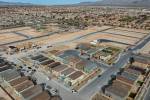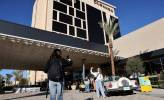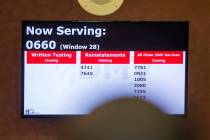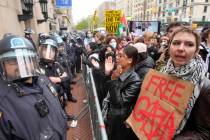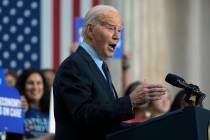Bubble to burst?
The country — and particularly Southern Nevada — remains crippled by a housing bubble that burst with fantastic force around 2007.
Can we handle another debacle of similar magnitude?
USA Today reports this week that student loan debt has surpassed $1 trillion for the first time, while the amount of student loans taken out last year alone hit $100 billion.
“No other sector in our economy has seen costs rise so quickly like those of colleges,” notes the investing website My Budget 360. “Tuition and fees have far outpaced every other sector in our economy, even surpassing items like health care and housing, which is hard to believe. But just like housing, since incomes have gone nowhere for decades, people are simply financing the pursuit without looking at the real long-term costs of what they are diving into.”
Even more troubling, the default rate — borrowers more than nine months behind — rose from 6.7 percent in 2007 to 8.8 percent in 2009. But looking at other factors, USA Today notes the rate could actually be closer to 16 percent.
Much like the reckless mortgage lending that went on during the housing boom, these student loans are easy money. In their zeal to promote certain behaviors — whether it be home ownership or the pursuit of an advanced degree — various policymakers and bureaucrats encourage less-than-rigorous lending standards.
The result, as we now see in the housing market, can be disastrous.
Defenders of the student loan status quo argue that taxpayers won’t be on the hook for losses because Congress gave lenders, including the government, “broad collection powers,” USA Today notes. But that’s of little solace. The U.S. Department of Education holds almost two-thirds of all student debt. If default rates continue to rise, who will be left holding the worthless paper?
You guessed it.






